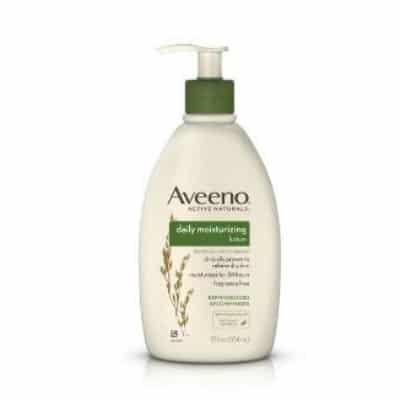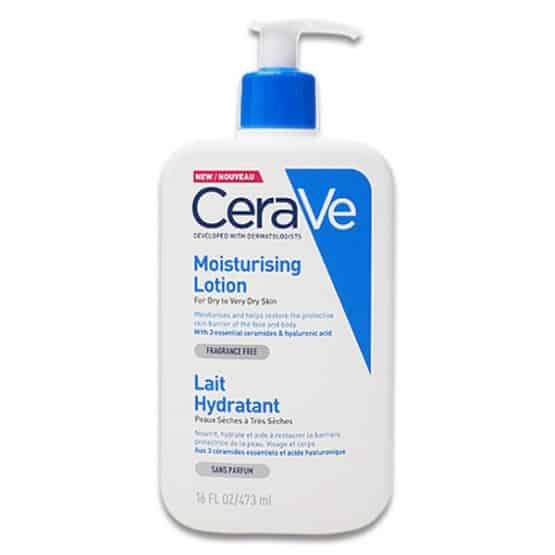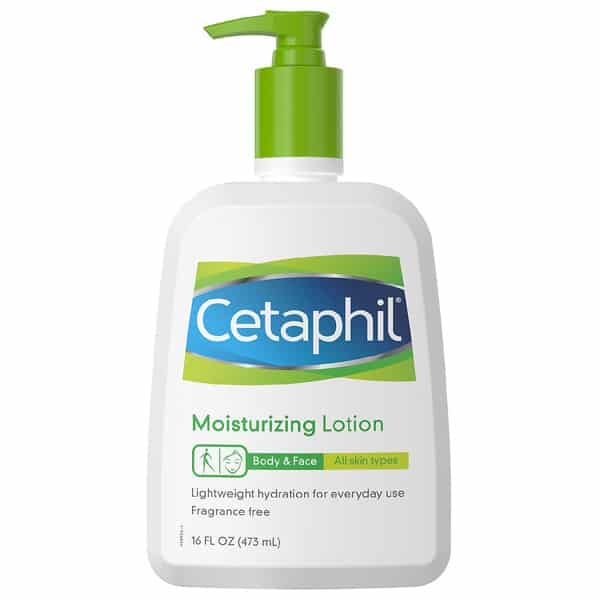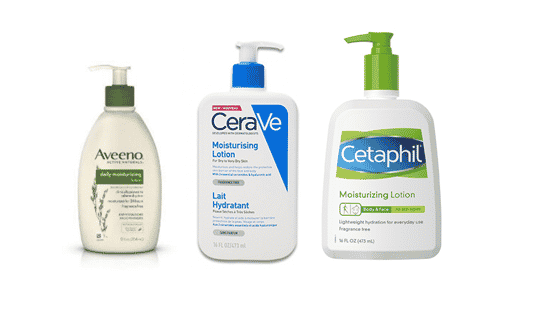There are three giants in the eczema industry that dominate the moisturizing lotion industry; Aveeno, Cerave and Cetaphil. All are highly regarded in the eczema communities and each has shown considerable results of recovery/containment of users’ sensitive skin. Though which one stands out? Which one has the edge over the others?
All basic skin care routines need a reliable moisturizer to enhance skin condition. How do we choose the right product for us? Most of the time, it comes from word of mouth or recommendations from previous users of the product. Do consumers actually know what is in these products? What are the ingredients to have and avoid?
There are many questions to ask of. Those in need of moisturizing lotions, like me, tend to research online looking for recommendations, but we do not actually pay attention to the ingredients and research behind a product. In most cases I have read online, they have had a negative reaction to a particular ingredient that they weren’t aware of. How can we become more knowledgeable in choosing the right product?
Comparison
Let us have a look at how Aveeno, Cerave and Cetaphil stack against each other in terms of ingredient safety. I have chosen products that are similar in description, usage and their targeted audience. I have personally used these products before with mixed results.
| Aveeno | CeraVe | Cetaphil |
 |
 |
 |
 Phenoxyethanol |
 Benzyl Alchol |
They all have a similar Potential Risk Index scores and similar ingredients. However from the findings, each product has a different ingredient that is defined as ‘used sparingly’which has been highlighted in the table. For those with sensitive skin, this could be crucial in deciding what product is best for them. 1Source records recent findings and outlines the potential health concerns of the ingredient. It can be noted if that the product doesn’t work for a user, it may be related to the potential harmful ingredient that has been highlighted.
| Ingredient | Safety & Hazards | Potential Health Concerns |
|---|---|---|
| Chlorhexidine Digluconate (Aveeno) | 11 | 13 |
| Phenoxyethanol (CeraVe) | 4 | 1 |
| Benzy Alcohol (Cetaphil) | 5 | 5 |
From our research we can see that Phenoxyethanol has the least amount of concerns when it comes to possible hazards and health concerns. The other two ingredients have considerable amount of concerns that need to be regarded. For example, Chlorhexidine Digluconate may cause allergy or asthma symptoms or breathing difficulties if inhaled (H334). Benzy Alcohol can be harmful in contact with skin (H312).
Personal Reaction
I have used each of these products at some point in my life and had different results with each of them. To summarize, Cetaphil made my skin worse while Aveeno and Cerave did well in the beginning.
Others may not get the same reaction and result as I did; it is all trial and error. To fully understand the effects of the product, one should simply just test the product out for a certain period of time and record the results. Consulting a dermatologist is highly advisable to get a better insight. I wrote an article regarding other products I used throughout my life that I highly recommend visiting.
Are these the best products on the market? Everyone has a different success story with eczema. There is no specific cure and there is no product on the market that can guarantee exceptional results for all. You can use 1Source to view similar products but with safer ingredients. Simply type in your desired product and skin condition into our search engine. Here is an alternative product with a better Potential Risk Index rating.
We highly recommend trying out our platform to get a better understanding of the ingredients in a product. The more knowledgeable you become the better choices you make.

